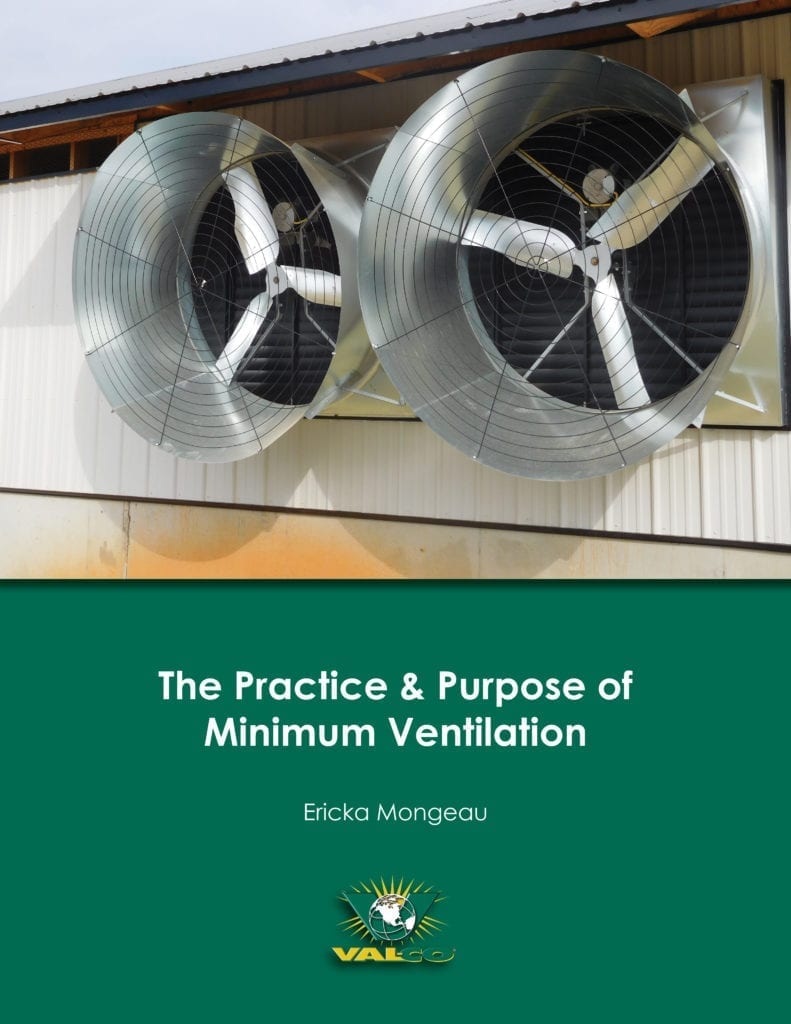The Practice & Purpose of Minimum Ventilation
Ventilating poultry barns during cold winter months is a delicate balancing act of preserving warmth and expelling moisture. It’s imperative that heat is retained in the barn so that fuel costs stay low during the cold-weather season; however, heaters and livestock both add abundant moisture and toxic fumes to the environment. There are devastating and costly repercussions to not eliminating those environmental stressors.
Minimum ventilation is used to master this balancing act. Minimum ventilation is the lowest level of ventilation needed to maintain the best atmosphere in the barn at the lowest economical cost. Its goal is to maintain humidity and temperature levels while controlling ammonia and dust so that the environment meets the air quality standards required for animal health.
There are many factors that work in concert during minimum ventilation. Litter quality and air quality are both influenced by house moisture, water usage and consumption, heat balance, and air movement.
Read more about the practice and purpose of minimum ventilation in this paper and use our Minimum Ventilation Audit Sheet to take inventory of how your house is performing.
Download: The Practice & Purpose of Minimum Ventilation
Subscribe to our blog!

